There’s a fascinating intersection between marketing psychology and sales that, once understood, can transform your ability to influence and persuade. I’ve spent years studying these principles and applying them in real-world scenarios, and I’m excited to share these insights with you today. The truth is, knowing how to leverage marketing psychology isn’t just for salespeople—it’s a valuable skill for entrepreneurs, professionals, and anyone looking to become more persuasive. This blog post tells that how to sell anything to anyone using marketing psychology.
Let me walk you through the powerful psychological principles that drive consumer behavior and show you exactly how to sell anything to anyone by applying these strategies ethically and effectively.
The Hidden Forces Behind Every Purchase Decision
When we examine the psychological market cycle, we discover that buying decisions are rarely as rational as we might believe. Behind every purchase is a complex web of psychological triggers, emotional responses, and cognitive biases that influence our choices—often without our conscious awareness.
From my experience working with hundreds of businesses across various industries, I’ve observed that the most successful sales approaches don’t focus on products or features. Instead, they tap into fundamental human psychology to create connections and inspire action.
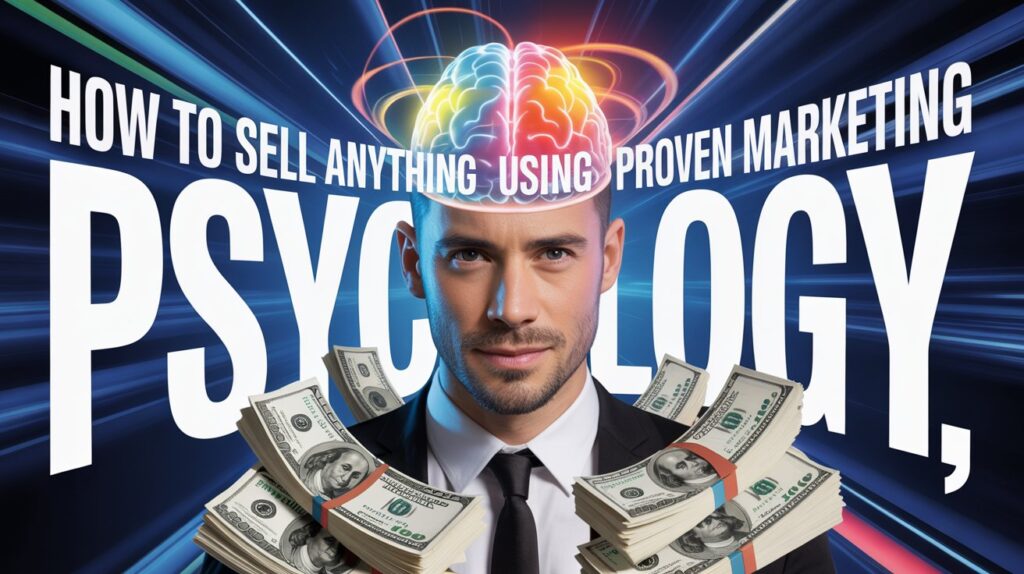
Seven Powerful Sales Strategies That Work Every Time
Through years of testing and refinement, I’ve identified seven core strategies that consistently deliver results when applied correctly:
1. The Referral Entry Technique
I’ve found that cold approaches rarely work as effectively as warm introductions. When approaching potential customers, using a referral from someone they already know and trust instantly creates a psychological bridge.
Instead of saying, “I’d like to show you our product,” try “John Smith mentioned you might benefit from what we offer.” This immediately establishes credibility and lowers resistance. Even when prospects don’t convert, always ask for referrals—this exponentially expands your network of potential customers.
2. Find Common Ground
One of the most effective ways to build rapport is by identifying shared experiences or interests. I consistently see that when people feel you’re similar to them, they’re more likely to trust your recommendations.
In my sales conversations, I always look for points of connection—whether it’s a shared alma mater, similar professional backgrounds, or common interests. This creates an immediate bond that makes the prospect more receptive to your message.
3. The PAS Framework
This three-step approach has been my secret weapon for years:
- Problem: Identify your customer’s pain point with precision
- Agitation: Help them fully understand the consequences and implications of that problem
- Solution: Present your offering as the logical answer
I’ve found that people don’t buy products or services—they buy solutions to their problems and better versions of themselves. By focusing on outcomes rather than features, you connect with their deeper motivations.
4. Position Yourself as Their Advocate
When I transformed my approach from “trying to sell” to “advocating for the customer,” my conversion rates dramatically improved. People respond incredibly well when they believe you’re fighting for their interests rather than your commission.
Simple phrases like “I’m going to see what I can do for you” or “Let me talk to my manager and try to get you a better deal” position you as their ally in the process. This psychological alliance significantly reduces resistance.
5. The Power of “Because”
I’ve tested this countless times, and the results are always the same: providing a reason—any reason—dramatically increases compliance rates. The word “because” triggers an automatic response in our brains that makes us more receptive to requests.
For example, instead of saying, “You should upgrade to the premium package,” say, “You should upgrade to the premium package because it provides comprehensive coverage that will protect you from unexpected expenses.” The justification makes the recommendation more compelling, even if it seems obvious.
6. Respect Their Freedom of Choice
One counterintuitive technique I’ve found remarkably effective is explicitly acknowledging the customer’s freedom not to buy. When you say something like, “This might be a good fit, but you’re completely free to decide either way,” you actually increase the likelihood of purchase.
This works because it removes pressure and respects their autonomy. When people don’t feel pushed, they’re often more comfortable moving forward on their own terms.
7. Strategic Closing Techniques
I’ve learned that how you end a sales conversation is just as important as how you begin it. These closing approaches consistently yield results:
- Quality Close: Detail the craftsmanship and quality aspects that make your offering superior
- Personal Experience: Share your own positive experiences using the product
- Suggestion Close: Based on everything you’ve learned about their situation, offer a specific recommendation that feels personalized
These techniques work because they address different psychological triggers that influence decision-making at the critical moment of choice.
15 Psychological Triggers That Drive Buying Decisions
Through my research and practical experience, I’ve identified fifteen psychological triggers that consistently influence consumer behavior:
1. The Halo Effect: First Impressions Matter
I’ve witnessed how a strong first impression colors all future interactions with a brand or person. That initial exposure creates a psychological frame through which all subsequent information is filtered.
This is why I always emphasize the importance of polishing every potential first touchpoint with customers—whether it’s website design, packaging, or initial communications. A positive first impression creates a buffer against any future negative experiences.
2. The Serial Position Effect: Bookend Your Most Important Points
People remember what they hear first and last much better than the middle content. I structure all my marketing messages with this principle in mind, placing crucial information at the beginning and end of communications.
For example, in sales presentations, I introduce my strongest benefit immediately and save my second-strongest point for the conclusion, ensuring the most important information sticks.
3. The Recency Effect: Stay Top-of-Mind
I’ve observed that people give more weight to the most recent information they’ve received. This explains why frequency and consistent touchpoints are essential in any marketing strategy.
By maintaining regular communication with prospects, you ensure your brand is at the forefront of their minds when they’re ready to make a decision. This is why I recommend consistent follow-ups and multi-channel marketing approaches.
4. The Mere Exposure Effect: Familiarity Creates Preference
Through testing various marketing campaigns, I’ve confirmed that simply appearing more often in front of potential customers significantly increases their trust and liking of your brand—even without changing your message.
This psychological principle explains why consistent visibility across multiple channels works so effectively. People naturally prefer what’s familiar, which is why brand consistency is crucial for building preference over time.
5. Loss Aversion: The Fear of Missing Out
In my marketing experiments, I’ve consistently found that people are more motivated by avoiding losses than by equivalent gains. We hate missing out on opportunities far more than we enjoy receiving something of equal value.
Creating legitimate scarcity or urgency in offers taps into this powerful psychological driver. Limited-time promotions, countdown timers, or limited availability all leverage loss aversion to overcome procrastination and drive immediate action.
6. The Compromise Effect: The Magic of Three Options
When I structure pricing or product options, I always include three tiers. I’ve found that customers consistently gravitate toward the middle option, perceiving it as the best balance of value and price.
The key is to position your preferred option in the middle, label it as “most popular,” and ensure your highest tier is significantly more expensive to make the middle option appear as an excellent value by comparison.
7. Anchoring: Setting Price Expectations
I’ve tested this extensively in pricing strategies: the first number people see dramatically influences how they perceive subsequent prices. By anchoring with a higher-priced option first, you make your target offering seem more reasonable by comparison.
This principle is particularly effective in negotiations and premium product positioning. When I introduce a premium tier first, it reframes the customer’s entire perception of value.
8. Choice Overload: Less Is More
In my product development experience, I’ve learned that too many options actually reduce sales and satisfaction. When faced with too many choices, people often choose none at all.
I’ve seen conversion rates increase dramatically by reducing options and simplifying decisions for customers. The key is to eliminate confusion and guide prospects through a clear, simple decision-making process.
9. The Framing Effect: Presentation Matters More Than Facts
How you present information dramatically affects how it’s perceived. I’ve tested identical offers with different framing and seen entirely different results.
For example, describing a medical treatment as having an “80% success rate” versus a “20% failure rate” produces dramatically different emotional responses, even though the information is identical. Always frame your offerings in terms of benefits and positive outcomes.
10. The IKEA Effect: Value Through Involvement
I’ve noticed that people place higher value on products they’ve helped create or customize. This explains why businesses that involve customers in the creation process often command higher prices and loyalty.
Incorporating elements of customization or co-creation in your offerings significantly increases perceived value and customer satisfaction. When people invest effort into something, they value it more highly.
11. The Pygmalion Effect: High Expectations Lead to Better Results
When you communicate high expectations of your customers, they tend to rise to meet them. I’ve found that treating clients as intelligent and capable not only builds rapport but actually improves their performance and satisfaction.
This principle applies to how you position your products as well. When you communicate that your offering is designed for discerning, intelligent consumers, they naturally want to validate that perception.
12. Confirmation Bias: People Seek Information That Confirms Their Beliefs
Understanding your target market’s existing beliefs is crucial because people naturally gravitate toward messages that confirm what they already think. I always research my audience’s worldview before crafting marketing messages.
By framing your message to align with their existing beliefs, you create immediate resonance. This doesn’t mean manipulating, but rather understanding their perspective and showing how your offering fits within their existing value system.
13. Risk Compensation: Eliminate Perceived Risk
In my experience, reducing perceived risk is one of the most powerful ways to increase conversions. People naturally avoid risk, so providing guarantees, social proof, and testimonials significantly improves response rates.
The more you can demonstrate that others like them have successfully used your product, the more comfortable prospects feel moving forward with a purchase decision.
14. The Bandwagon Effect: People Follow the Crowd
I’ve consistently observed that people look to others’ behavior for guidance on their own decisions. Showing that many others have chosen your product creates powerful social proof.
Testimonials, case studies, usage statistics, and “most popular” labels all leverage this psychological principle. The key is showcasing people similar to your prospect who have already made the decision to buy.
15. Blind Spot Bias: We’re Unaware of Our Own Biases
Perhaps most interestingly, I’ve found that even when people understand these psychological principles, they’re still influenced by them. This “blind spot bias” means these techniques work even when prospects are aware of them.
This isn’t about manipulation but about understanding how human decision-making actually works and aligning your marketing accordingly.
Strengthen your marketing: Secret Color Psychology in Marketing, Advertising and more
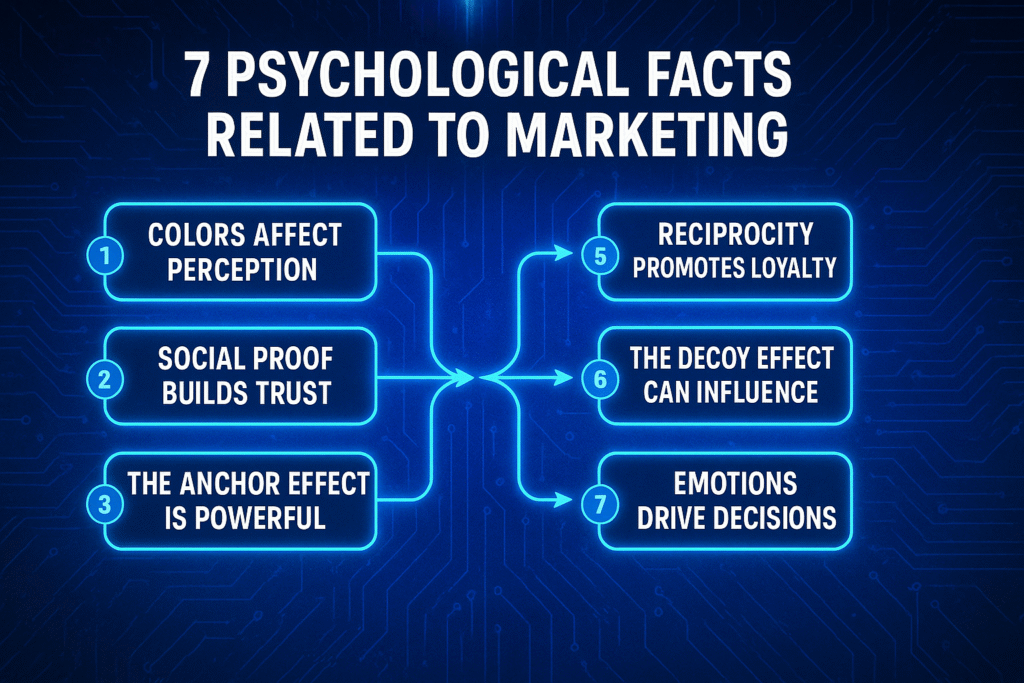
The SPIN Method: Selling High-Ticket Items With Marketing Psychology
When it comes to selling expensive products or services, I’ve found the SPIN method particularly effective. This structured questioning approach has helped me close countless high-value deals:
S – Situation Questions
I always begin by understanding the prospect’s current situation with fact-finding questions that provide context. These might include queries about team size, current tools used, or business objectives.
While gathering this baseline information is important, I keep it brief to avoid boring the prospect.
P – Problem Questions
Next, I identify pain points and challenges they’re facing. These questions help uncover dissatisfaction with their current situation and reveal opportunities where my solution can add value.
Examples include: “Are you happy with your current system?” or “Are you experiencing any issues with your team’s efficiency?”
I – Implication Questions
This is where the psychological impact really happens. Implication questions amplify the consequences of the identified problems. They help the prospect visualize the full impact of not addressing their challenges.
By exploring the ripple effects and long-term consequences of their problems, I increase their motivation to find a solution. The bigger the problem appears, the more willing they become to invest in solving it.
N – Need-Payoff Questions
Finally, I shift to need-payoff questions that focus on solutions and benefits. These questions help prospects articulate the value they would receive from solving their problems—essentially selling themselves on my solution.
For example: “How much would your revenue increase if you could serve twice as many clients?” or “What would it mean for your business if you could reduce processing time by 50%?”
The Psychology of Human Needs in the Sales Process
At the core of effective selling is understanding fundamental human needs. Beyond the practical need for products or services, people have deeper psychological needs that influence their decisions:
The Need to Be Understood
Just as we need physical air to breathe, we need “psychological air”—the feeling of being heard, understood, and validated. When people feel understood, they become far more receptive to influence.
I’ve learned how to sell anything to anyone—even in tough situations—by truly listening and showing genuine understanding first. That builds trust, which is the real key to influence.
The Need for Respect and Recognition
People want to feel important and respected. Acknowledging their expertise, seeking their opinion, and treating them with genuine respect creates a positive psychological environment for the sale.
I always look for opportunities to sincerely recognize a prospect’s achievements or knowledge, which builds rapport and goodwill.
Practical Application: How to Sell Anything to Anyone
Now let’s look at how to apply these psychological insights in practical sales situations:
1. Listen Before You Sell
The biggest mistake I see salespeople make is talking too much about their product instead of understanding the customer’s needs. By asking thoughtful questions and truly listening to the answers, you create psychological air and build rapport.
When you show genuine interest in others, they naturally become interested in what you have to offer.
2. Frame Your Offering as Their Specific Solution
Once you understand their problem, position your product or service as the specific solution to that challenge. Use the PAS framework to acknowledge their pain, amplify the implications, and then present your solution in a way that directly addresses their needs.
3. Reduce Perceived Risk
Use social proof, testimonials, and guarantees to reduce the perceived risk of making a purchase. Share case studies and examples of others who have had success with your product or service, particularly those who share similarities with your prospect.
4. Create Scarcity and Urgency
Leverage loss aversion by incorporating legitimate scarcity and urgency into your offers. Limited-time promotions, exclusive access, or limited availability can all motivate prospects to take immediate action rather than postponing decisions.
5. Provide Clear, Specific Reasons for Your Recommendations
Always use the “because” justification technique when making recommendations. Providing clear reasons for your suggestions significantly increases the likelihood of acceptance, even if those reasons might seem obvious to you.
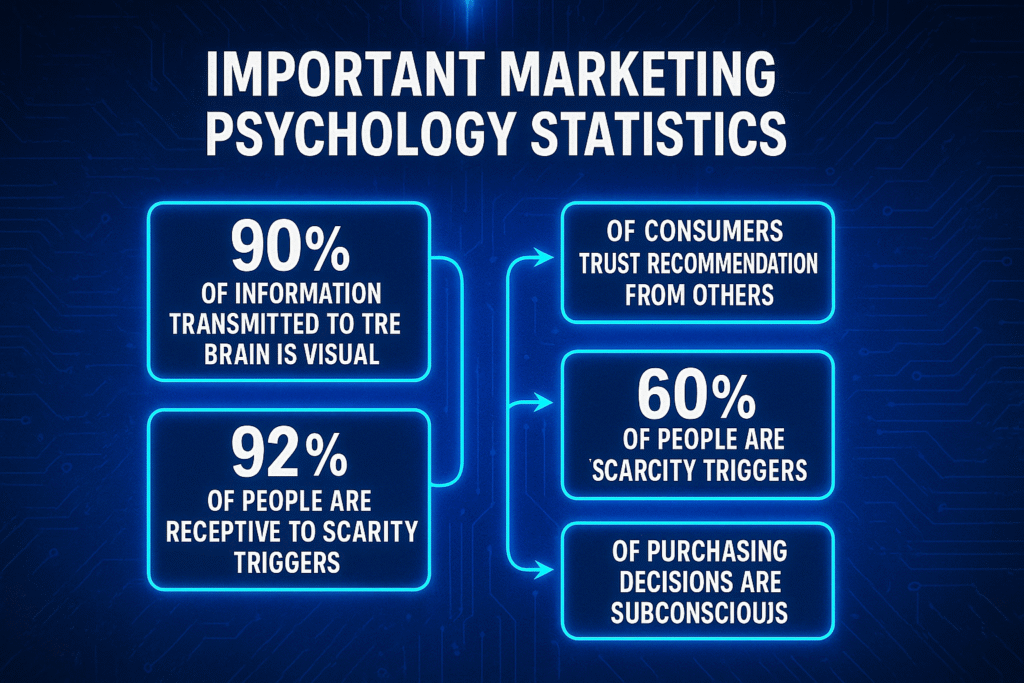
5 Best Marketing Psychology Books
If you’re serious about learning how to sell anything to anybody, you can’t afford to ignore the power of psychology in marketing. These marketing psychology books are like cheat codes for your brain — breaking down exactly how people think, decide, and buy. Whether you’re into sales, content, or digital product marketing, these marketing psychology books will transform your approach.
1. Influence: The Psychology of Persuasion by Robert Cialdini
This is the godfather of all marketing psychology books. It breaks down how to sell anything to anybody using six psychological principles like reciprocity, scarcity, and authority. It’s not just theory — it’s field-tested psychology in marketing.
2. Pre-Suasion by Robert Cialdini
Think psychology in marketing is only about the pitch? Think again. This book teaches you how to prime people before you even ask. If you want to master how to sell anything to anybody, this is your pre-game playbook.
3. Made to Stick by Chip Heath & Dan Heath
Why do some ideas catch fire while others flop? This gem dives into the psychological principles behind viral marketing. Every page oozes insights into how to craft irresistible messages. One of the most practical marketing psychology books ever.
4. The Psychology of Selling by Brian Tracy
The name says it all. This classic explains how to sell anything to anybody by tapping into emotional triggers. It’s a step-by-step guide filled with practical techniques rooted in real psychology in marketing.
5. Contagious: How to Build Word of Mouth in the Digital Age by Jonah Berger
Packed with psychology-backed strategies, this book teaches how to make anything shareable. If you’re building a brand, launching digital products, or just obsessed with marketing psychology books, this one’s non-negotiable.
These aren’t just books — they’re weapons in your arsenal. Want to dominate? Study these, master psychology in marketing, and you’ll know how to sell anything to anybody like a pro.
Ethics in Marketing Psychology
With great power comes great responsibility. I believe strongly that these psychological principles should be used ethically and in service of your customers’ best interests. The most successful long-term strategies focus on creating genuine value and solving real problems.
When you combine ethical application of psychological principles with a genuine desire to help, you create a winning formula for sales success that benefits both you and your customers.
Final Thoughts
After years in this field, I’ve learned that effective selling isn’t about tricks or manipulation—it’s about deeply understanding human psychology and using that understanding to better communicate how your products or services can genuinely improve people’s lives.
Whether you’re selling a physical product, a service, or even an idea, these psychological marketing principles will help you connect more effectively with your audience and achieve the sales results you desire.
By mastering marketing psychology and applying these techniques ethically, you’ll not only learn how to sell anything to anyone but also how to do so in a way that builds lasting relationships and delivers real value to those you serve.
The art of persuasion is ultimately about connection—connecting with people’s real needs, desires, and motivations in a way that leads to mutually beneficial outcomes. Master this art, and you’ll find success not just in sales, but in virtually every area of life where influence matters.

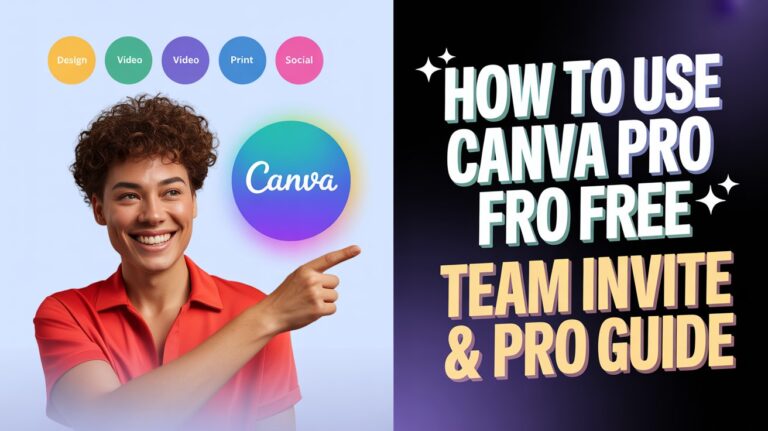

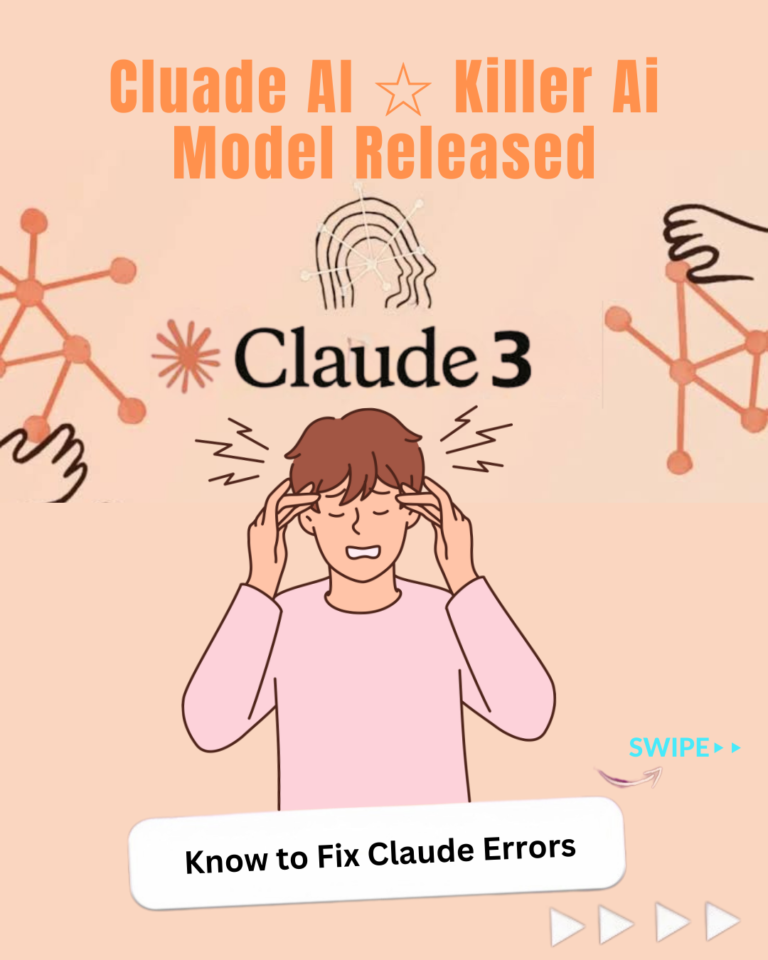

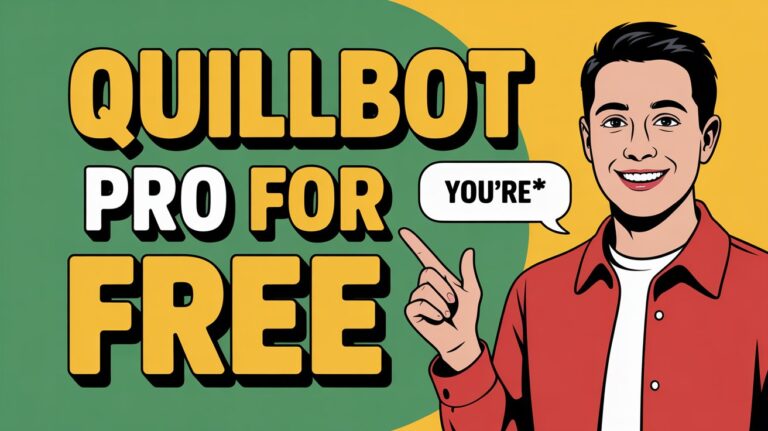
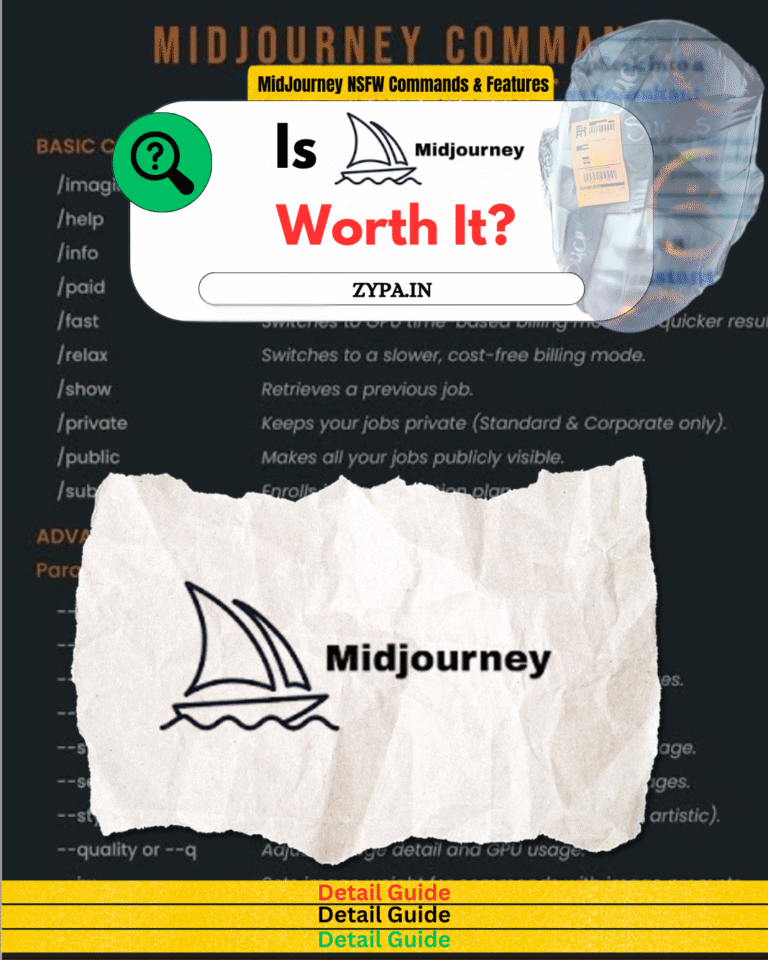
Thanks for finally talking about > How to Sell Anything Using Proven Marketing Psychology < Liked it!
Haha glad you liked it! 😄 Took a while, but totally worth diving into. Appreciate you sticking around and giving it a read!
Pretty! This has been an extremely wonderful post. Many
thanks for supplying these details.
Aw thank you! I’m really glad you found it helpful 😊 More posts like this coming your way soon—stay connected!
It’s an awesome paragraph in support of all the internet viewers; they will
take advantage from it I am sure.
Thank you so much! That means a lot 🙌 I really hope it helps as many people as possible—your encouragement keeps me going!
WOW just what I was searching for. Came here by searching
for 高級ジュエリー 日本
Wow, perfect timing then! So glad you landed here 😊 Hope you found exactly what you needed. If you’re into 高級ジュエリー (luxury jewelry), stick around—more sparkling content coming soon!
I really like what you guys are usually up too. Such clever work and reporting!
Keep up the amazing works guys I’ve incorporated you guys to my own blogroll.
Thanks a ton! Really appreciate you noticing the effort 🙌 Glad to be on your blogroll—that’s an honor! We’ll keep the good stuff coming 💪 Stay tuned!
You ought to take part in a contest for one of the best blogs online.
I most certainly will highly recommend this blog!
Ayy thank you! That means a lot 🫶 I’m honored you think that way—and your recommendation seriously boosts my motivation. More epic content on the way!
If you would like to obtain much from this article then you
have to apply such techniques to your won blog.
Absolutely! Applying what you read is the real game-changer 💯 Glad you found the article useful—wishing you all the best with your own blog!
It’s a shame you don’t have a donate button! I’d definitely donate
to this outstanding blog! I suppose for now i’ll settle for bookmarking and adding your RSS feed to my
Google account. I look forward to new updates and will talk about
this site with my Facebook group. Chat soon!
That means the world—thank you so much! 😊 We don’t have a donate button yet, but if you’d like to support us, a quick review on Trustpilot
would be super appreciated. Every bit helps us grow 🙌 Thanks again for the love and support!
Good blog you’ve got here.. It’s hard to find high quality writing like yours these
days. I honestly appreciate individuals like you!
Take care!!
Thank you so much! Your words truly made my day 😊 I’m really glad you found value in the blog. More high-quality content coming your way—stay tuned and take care!